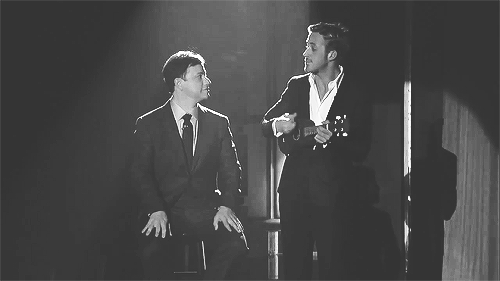Time for the annual Uke Hunt Christmas time-waster.
– Grab a pen and paper
– Display knowledge.
– There might be spoilers in the comments.
– Check the answers here (no peeking).
– Return in triumph or despair and share you score in the comments.
If you’re reading by email or feed reader you may need to click through to the post to see everything.
Name the Chord
Name the K
Which brand, beginning with K, makes these ukes? (Click for a bigger version)
6.
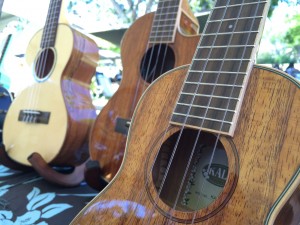
By Ryan Ozawa
7.
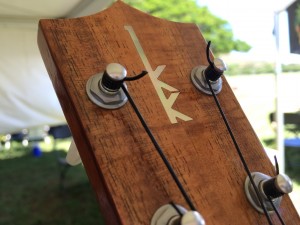
By Ryan Ozawa
8.

By Ryan Ozawa
9.

By componentgeek
10.

By philip hay
Name the Cover
Who first released the songs these ukulele orchestras are covering?
11. Durham Ukulele Orchestra
12. Otley Ukulele Orchestra
13. Ukulele Turin Orchestra
14. West Cork Ukulele Orchestra
15. The Ukulele Club
Name the Actor – GIF edition
Which actor is playing/crotch-spinning the ukulele in these gifs
16.
a) Zooey Deschanel
b) Emma Stone
c) Katy Perry
d) Shailene Woodley
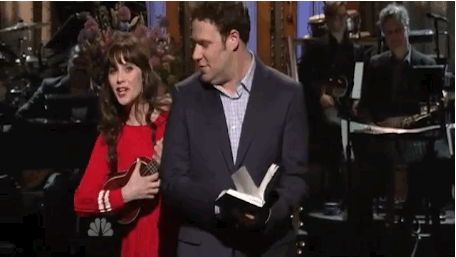
17.
a) Doris Day
b) Diana Dors
c) Marilyn Monroe
d) Greta Garbo
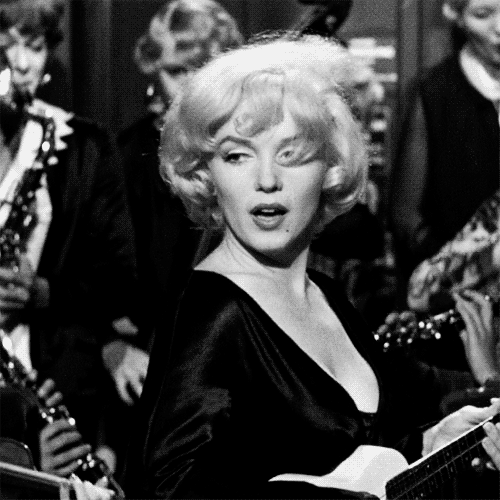
18.
a) Peter Dinklage
b) Alfie Allen
c) Charles Dance
d) Tywin Lannister
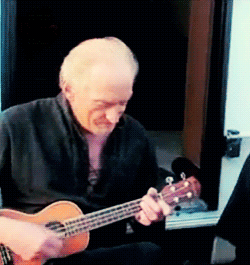
19.
a) James Franco
b) Ryan Gosling
c) Shia LaBeouf
d) Leonardo di Caprio
20.
a) Christopher Walken
b) Christophe Waltz
c) Chris Pratt
d) Christopher Guest

Name the Lyric
Which song – oft covered on ukulele – are these lyrics from?
21.
See her walking down the street / Now I ask you very confidentially
22.
Though the days are long / Twilight sings a song / Of a happiness that used to be
23.
Somewhere in her smile she knows / That I don’t need no other lover / Something in her style that shows me
24.
Ukulele small and fierceful / Ukulele brave and peaceful / You can play the ukulele too, it is painfully simple
25.
Yeah it’s pretty clear, I ain’t no size two / But I can shake it, shake it like I’m supposed to do / ‘Cause I got that boom boom that all the boys chase / All the right junk in all the right places
Name the Theme Tune
This is the theme tune to which…
26. …movie franchise?
27. … US sitcom?
28. … pig-killing mobile game?
29. …detective TV show?
30. … animated TV show?
Check the answers here
Past Quizzes
Ukulele Quiz 2013
Ukulele Quiz 2012
Ukulele Quiz 2011
Ukulele Quiz 2010
Ukulele Quiz 2009





